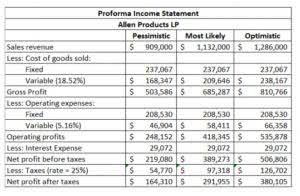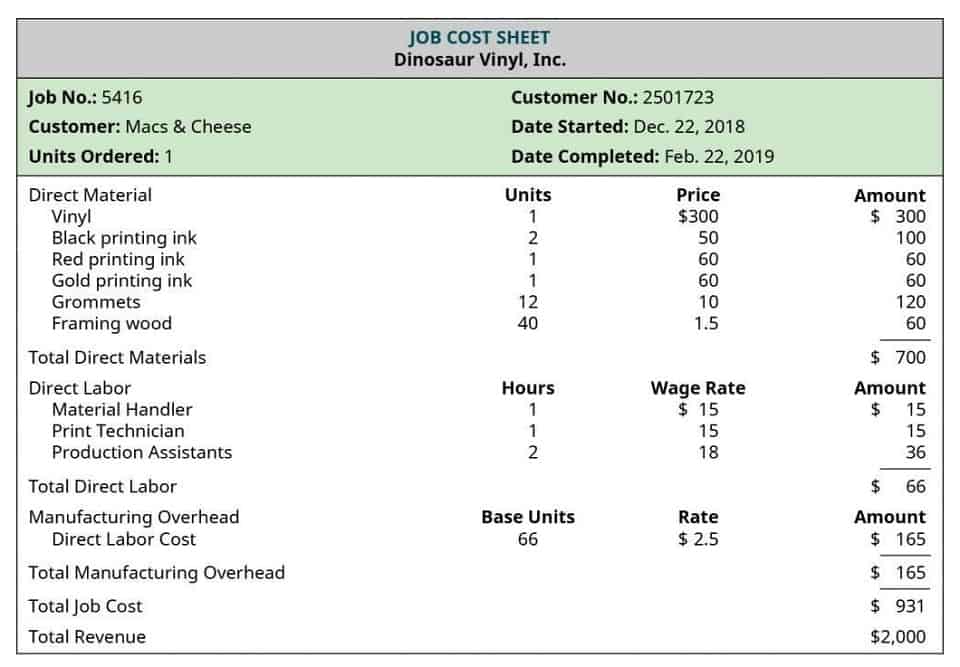Net Working Capital Formula, Example, and Interpretation

Working capital, often referred to as the lifeblood of a business, represents the funds available for day-to-day https://www.bookstime.com/ operations. It encompasses current assets such as cash, inventory, and accounts receivable, minus current liabilities like accounts payable and short-term debt. Changes in working capital reflect the fluctuations in a company’s short-term assets and liabilities over a specific period. It’s a commonly used measurement to gauge the short-term financial health and efficiency of an organization. Working capital is critical to gauge a company’s short-term health, liquidity, and operational efficiency. You calculate working capital by subtracting current liabilities from current assets, providing insight into a company’s ability to meet its short-term obligations and fund ongoing operations.
Automate invoicing to enhance efficiency
Working capital represents the difference between a firm’s current assets and current liabilities. Working capital, also called net working capital, is the amount of money a company has available to pay its short-term expenses. A company can improve its working capital by increasing current assets and reducing short-term debts. To boost current assets, it can save cash, build inventory reserves, prepay expenses for discounts, and carefully extend credit to minimize bad debts. To reduce short-term debts, a company can avoid unnecessary debt, secure favorable credit terms, and manage spending efficiently.

. What does the change in working capital on the balance sheet represent?
The working capital ratio is a method of analyzing the financial state of a company by measuring its current assets as a proportion of its current liabilities rather than as an integer. Therefore, working capital serves as a critical indicator of a company’s short-term liquidity position and its ability to meet immediate financial obligations. Net working capital is important because it gives an idea of a business’s liquidity and whether the company has enough money to cover its short-term obligations. If the net working capital figure is zero or greater, the business is able to cover its current obligations.
How to Calculate Change in Net Working Capital (NWC)

Working capital is calculated from the assets and liabilities on a corporate balance sheet, focusing on immediate debts and the most liquid assets. Calculating working capital provides insight into a company’s short-term liquidity and efficiency. A company with positive working capital generally has the potential to invest in growth and expansion. But if current assets don’t exceed current liabilities, the company has negative working capital, and may face difficulties in growth, normal balance paying back creditors, or even avoiding bankruptcy.
How to Find Change in NWC on Cash Flow Statement (CFS)
It indicates whether the short-term assets increase or decrease concerning the short-term liabilities from one year to the next. It means that the company has enough current assets to meet its current liabilities. If all current liabilities are to be settled, the company would still have $430,000 left to continue operating. But a very high current ratio means a large amount of available current assets and may indicate that a company isn’t utilizing its excess cash as effectively as it could to generate growth. Net working capital is most helpful when it’s used to compare how the figure changes over change in net working capital time, so you can establish a trend in your business’s liquidity and see if it’s improving or declining. If your business’s net working capital is substantially positive, that’s a good sign you can meet your financial obligations in the future.

If a transaction increases current assets and current liabilities by the same amount, there would be no change in working capital. To find the change in Net Working Capital (NWC) on a cash flow statement, subtract the NWC of the previous period from the NWC of the current period. This calculation helps assess a company’s short-term liquidity and operational efficiency. It reflects the fluctuations in a company’s short-term assets and liabilities. It shows how efficiently a company manages its current resources, such as cash, inventory, and accounts payable. Positive changes indicate improved liquidity, while negative changes may suggest financial strain.

To calculate the change in net working capital (NWC), the current period NWC balance is subtracted from the prior period NWC balance. Therefore, the efficient allocation of capital toward net working capital (NWC) increases the free cash flow (FCF) generated by a company – all else being equal. The incremental net working capital (NWC) is the ratio between the change in a company’s net working capital (NWC) and the change in revenue in the coinciding period, expressed as a percentage. The market for the inventory has priced it lower than the inventory’s initial purchase value as recorded in a company’s books. A company marks the inventory down to reflect current market conditions and uses the lower of cost or market method, resulting in a loss of value in working capital. How do we record working capital in the financial statementse.g I borrowed 200,000.00 Short term long to pay salaries and other expenses.
- Conversely, if a company is not growing, it may not need as much working capital and may experience a decrease in net working capital requirements.
- Working capital is a basic accounting formula (current assets minus current liabilities) business owners use to determine their short-term financial health.
- • External financing options include angel investors, small business grants, crowdfunding, and small business loans.
- This figure gives investors an indication of the company’s short-term financial health, its capacity to clear its debts within a year, and its operational efficiency.
- You calculate working capital by subtracting current liabilities from current assets, providing insight into a company’s ability to meet its short-term obligations and fund ongoing operations.
- Typical current assets that are included in the net working capital calculation are cash, accounts receivable, inventory, and short-term investments.
- However, the more practical metric is net working capital (NWC), which excludes any non-operating current assets and non-operating current liabilities.
- Change in net working capital refers to the differences in the liquidity of the company.
- It shows how efficiently a company manages its current resources, such as cash, inventory, and accounts payable.
- A high amount indicates that it has available buffer to accommodate additional short-term liabilities.
- Working capital is the difference between a company’s current assets and current liabilities.
- A change in purchasing practices can also lead to changes in working capital.
- A favorable net working capital ratio is 1.5 to 2.0, depending on the industry the business is in.
• Changes impact a company’s need for external financing for operations or expansion. Changes in working capital are often used by investors and lenders to assess the health and value of a business. Read on to learn what causes a change in working capital, how to to calculate changes in working capital, and what these changes can tell you about your business. The change in NWC comes out to a positive $15mm YoY, which means the company retains more cash in its operations each year.
